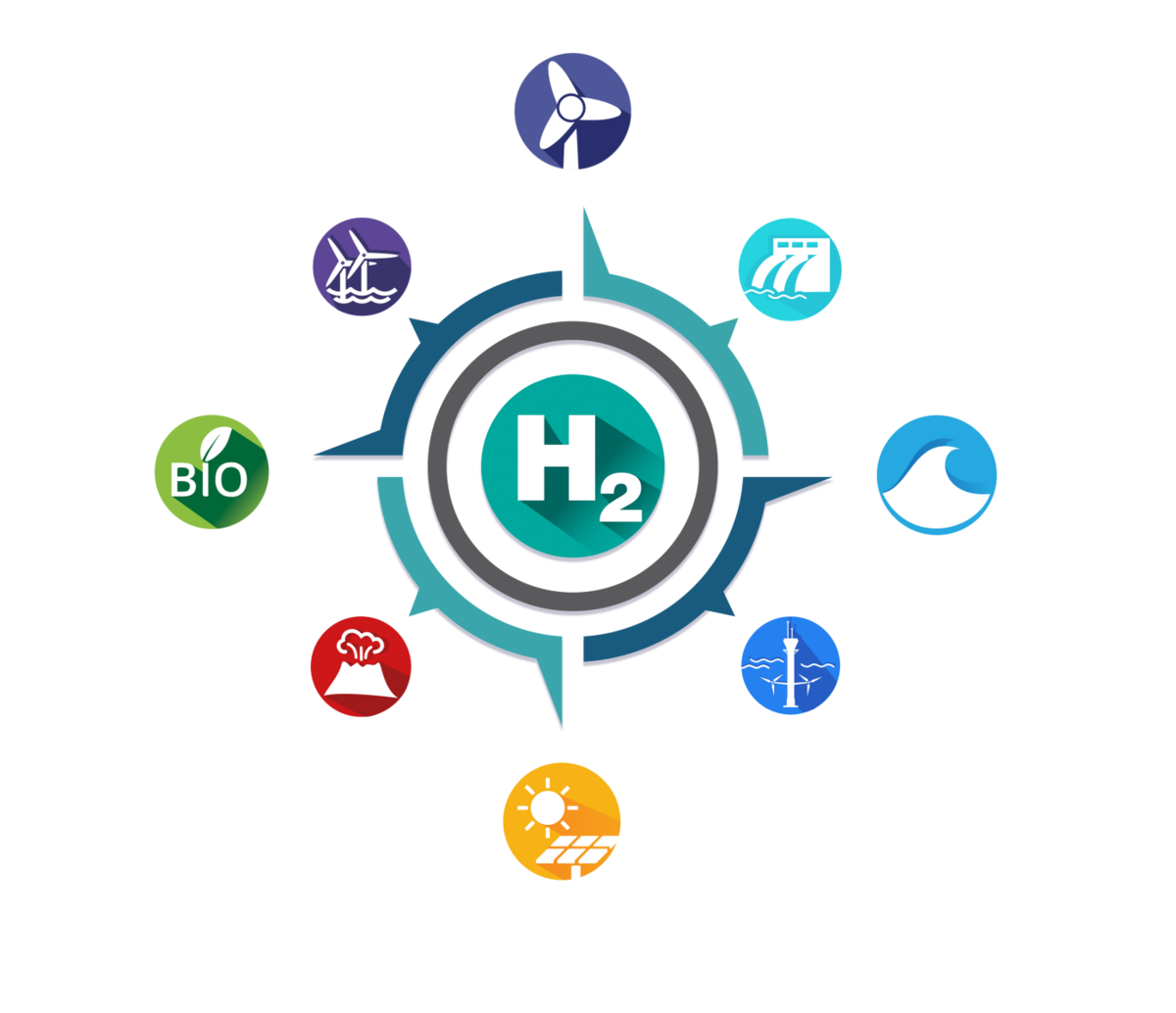Introduction
The world is at a critical juncture in its transition to a low-carbon economy. The current grid-centric approach to energy solutions is facing significant challenges, particularly with regards to integrating renewable energy sources and supporting the growth of new clean energy-driven technologies, such as the AI revolution. The grid is already at saturation point, unable to accommodate more intermittent renewables, resulting in massive curtailment and wasted energy.
The recent International Energy Agency (IEA) Newsletter highlights that with electricity consumption set to rise strongly, ensuring grids are secure, reliable and fit-for-purpose is becoming more important than ever.
source – Ihttps://bit.ly/3CX09kn
There are already warning signs that grids are becoming a bottleneck, with potentially serious impacts on electricity security and countries’ abilities to meet their energy and climate goals. At least 1,500 gigawatts of clean energy projects – equivalent to all the renewable power capacity added worldwide in the past three years – have been stopped or delayed around the world because of a lack of grid connections.
Barriers to Technological Development
The current grid-centric approach to energy solutions is facing significant challenges, particularly with regards to integrating renewable energy sources and supporting the growth of new clean energy-driven technologies, such as the AI revolution. The grid is already at saturation point, unable to accommodate more intermittent renewables, resulting in massive curtailment and wasted energy.
Adopting Agile and Adaptable Approach to Energy Solutions
The International Energy Agency’s analysis highlights the urgency of this issue, warning that unless the energy sector, tech industry, and governments coordinate to deliver the necessary power infrastructure, a significant amount of planned data centre capacity globally could be postponed or cancelled. The stark contrast between the 1-2 year construction timeline for data centres and the 5-10 year timeline for building new transmission lines underscores the need for a more agile and adaptable approach to energy solutions. By embracing hybrid and alternative solutions, we can unlock a more sustainable and resilient energy future.
Utilising a Wider Energy Lens
We must move beyond a grid-only approach and embrace a hybrid energy strategy that integrates both green electrons and green molecules. While grids are fundamental for renewable energy integration and critical for powering new clean energy technologies—including the rapidly evolving AI sector—they are currently at saturation. Intermittency issues prevent further renewable connections, leading to massive curtailment and wasted energy.
However, there is a solution that can help break free from grid saturation and unlock a more sustainable energy future: green hydrogen. By leveraging green hydrogen from wind and curtailment as an energy buffer, we can create energy and technology headroom within the current energy system. This parallel approach will enable the development of wider solutions that encompass alternative technologies, accelerating our journey to net zero by capturing lost energy and delivering green development opportunities.
The current traditional solution of waiting for 5-10 years for additional grid development is no longer viable. Instead, we must adopt a more innovative and hybrid approach that looks beyond single linear solutions. By leveraging green hydrogen from wind and curtailment as an energy buffer, we can create energy and technology headroom within the current energy system.
Decouple Energy Production From The Grid
Green hydrogen offers a unique opportunity to decouple energy production from the grid, allowing for the integration of intermittent renewables and reducing curtailment. It can be used to power data centres, industrial processes, and transportation, providing a clean and reliable source of energy. Moreover, green hydrogen can be stored and transported, making it an ideal solution for remote or off-grid locations.
This parallel approach will enable the development of wider solutions that encompass alternative technologies, accelerating our journey to net zero by capturing lost energy and delivering green development opportunities. It’s essential to move away from relying solely on grid development and explore hybrid opportunities that can support the growth of data centres and other energy-intensive technologies.
The benefits of green hydrogen are numerous. It can help reduce greenhouse gas emissions, improve air quality, and enhance energy security. It can also create new economic opportunities, stimulate innovation, and support the growth of clean energy technologies. By embracing green hydrogen and other hybrid solutions, we can unlock a more sustainable and resilient energy future, one that is capable of supporting the growth of data centres and other energy-intensive technologies.
Conclusion
The current grid-centric approach to energy solutions is no longer sufficient to meet the demands of a rapidly changing world. It’s time to think beyond the grid and explore hybrid opportunities that can support the growth of clean energy technologies. Green hydrogen offers a promising solution, one that can help break free from grid saturation and unlock a more sustainable energy future. By embracing this technology, we can accelerate our journey to net zero, reduce greenhouse gas emissions, and create a more resilient and adaptable energy system. The future of energy is not just about generating more power, but about generating power in a way that is clean, reliable, and sustainable. Green hydrogen is a critical step towards achieving this vision, and it’s time for us to take action.
To tackle the climate crisis effectively, we must adopt a broader perspective, integrating hybrid solutions that drive resilience, efficiency, and sustainability.
Discover how HydrogenIreland is helping shape a green energy future register for the World Hydrogen Technology Convention 21st – 23rd October 2025 in Dublin










